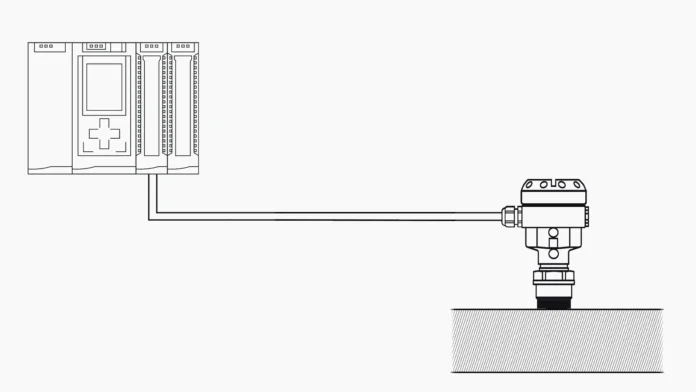Generally, pressure transmitters are found in the processing industry. Fortunately, when it comes to pressure transmitter accuracy, it has become more and more precise, which is a good thing for the industry.
Most of the time, the marketed accuracy includes only a section of the truth. It comprises some precision components that impact the entire accuracy you expect from your pressure transmitter in your projects.
In this write-up is a guide on calculating the accuracy of a pressure transmitter, including a handful of aspects.
Continue reading to find out more!
Pressure Transmitter Accuracy
The precision of a pressure transmitter is an error measure that happens when measuring the pressure at point zero and measuring the pressure at many other points. In the event that this perception is presented on a graph, the measurement at point zero would showcase a progressively surging linear graph.
On the other hand, for actual pressure measurement at different points, graphic representation would display a marginally curved line. The mean deflection between these two instances is what’s known as the pressure transmitter’s accuracy.
Note: the error or deflection between these two graphs cannot be considered as an accurate value of precision. It is impacted by several factors which have to be considered when calculating.
Oftentimes, the accuracy of pressure transmitters is mistaken for non-linearity. Nonetheless, non-linearity is among the many parameters that impact accuracy.
Parameters of Pressure Transmitter Accuracy
Essentially, there are two error types required to calculate pressure transmitters’ accuracy. The different parameters of accuracy are as follows:
Non-Linearity
This is the main error that backs the calculation of pressure transmitter accuracy. This error merely shows the deflection between the point zero graph and the real-time measurement graph. This can be arrived at using the following two methods:
Terminal or End-Point Technique
For this technique, the optimum deflection between graphic displays at point zero measurement and wholesome measurement is seen as non-linearity.
Best Fit Straight-Line Technique
Also known as the five-point technique, this method involves checking the curve of real-time values against the zero-point straight-line graph at five particular points.
Essentially, from zero to wholesome value, five points and their values are chosen, like 100%, 75%, 50%, 25%, and 0% (point zero). The best fit straight line is established through the five points. For best results, this line should pass through three or more points out of the five.
The deflection between point zero & BSFL graph is considered as non-linearity.
While these two methods are reliable, the BSFL technique is considered more precise for finding out non-linearity.
Hysteresis
This is the variation in two or more pressure results at a similar point. This can also be calculated at 5 points using the BSFL technique. The average hysteresis value is considered when calculating the accuracy of a pressure transmitter.
Even though the variable pointed out below makes a marginal impact on the accuracy calculation, keep in mind that the smallest error may be costly about industrial process control. For this reason, the points below should be put into consideration when calculating pressure transmitter accuracy:
Non-Repeatability
This is the measurement of variance in numerous readings taken at similar pressure. The variance in signal reading and strength is called non-repeatability.
Span Tolerance
This is the difference between the wholesome point and zero point.
For Best Results
To get the most precise accuracy calculations, here is what you can do:
- Select the most precise range and pressure transmitter model.
- Use the pressure transmitter in a restricted temperature range, perhaps a range near the ambient temperature. Choose the smallest temperature effect available.
- Do not re-range, though this might not affect accuracy.
- Assume there is no line/static pressure effect, usually used in gauge measurement.
- Assume there is a reliable supply of power.
- Assume there is no vibration effect.
- Take in a one-year drift.
Conclusion
Calculating the accuracy of a pressure transmitter includes taking in a handful of variables, and values. While there might be many, it would be best to use all these considerations to arrive at the most accurate result. As pointed out, some variables like span tolerance and non-repeatability are points that could cause a small error margin, which is why it’s important to consider them in the calculation. Small errors in the processing industry could lead to huge losses and significant damage over time.


